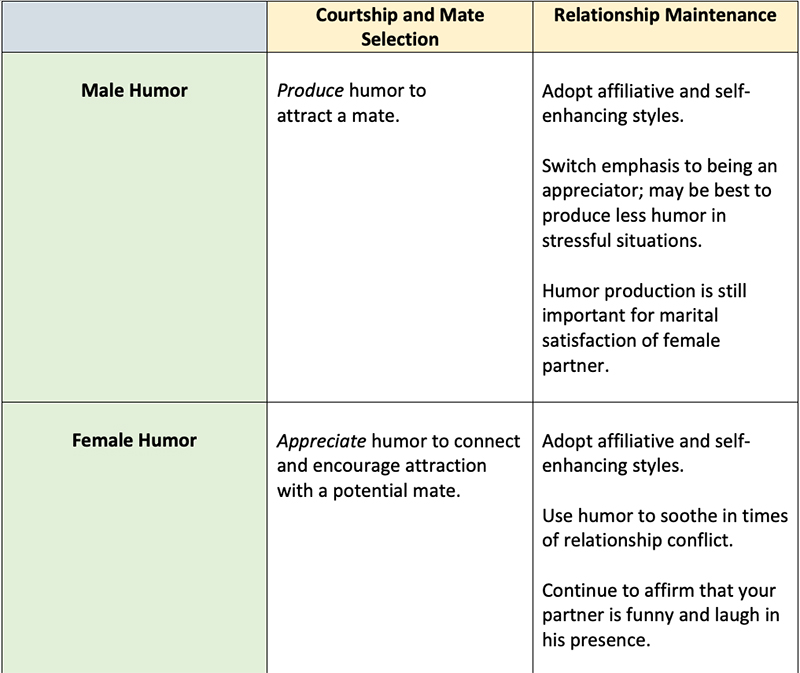
What Does Non-Binary Mean? Biology and Politics Collide
President Trump has issued an order that requires federal agencies to recognize only two sexes, male and female. It says: “These sexes are not changeable and are grounded in fundamental and incontrovertible reality.” Advocacy groups say, “The true intent of the order is to demonize, stigmatize, and discriminate against transgender, non-binary, and intersex people and to enforce gender roles and gender stereotypes.”
They are both right.
But it is a matter of definition and the meaning of the words “sex” and “gender.”
History of Non-binary Identities
The concept of non-binary identities has existed in many countries and cultures throughout history, according to some historians and advocates. The term “non-binary” emerged in the West in the 1990s and early 2000s and began gaining traction as part of academic and activist discourse in queer and gender studies. In the 2010s, with the rise of social media and greater LGBTQIA+ visibility, “non-binary” became widely recognized and adopted, particularly among younger generations.
Individual Expressions of Gender
“Non-binary” is a subjective, psychological identity “bucket” that exists independent of the biological components of male and female (i.e., chromosomes, gonads, genitality, gametes, and hormones.)
“Non-binary” identity is a concept within a broad array of expressions of “gender” – a reflection of multitudinous individual choice. In this context, gender is not necessarily contained or constrained by a binary of masculinity and femininity. It exists as a unique configuration or “menu” of masculine and feminine traits or expressions, or by definition, independent of masculine and feminine altogether. (For a deeper dive, See Alex Byrne’s (Trouble with Gender) categories of gender.*)
What Are the Possible Meanings of Non-binary?
What are the possible meanings of “non-binary” identity, using a binary to mean “masculinity” and “femininity?” These meanings, identified below, are derived from logic, not survey data. Notably, sourcing from advocates and researchers (using AI prompts) reveals aggregate impressions aligning with the logical possibilities.
Non-binary is not Biological Sex
Most importantly, “non-binary” is not derived from biological determinations of sex. Biological sex is binary using one particular criterion. There are only two sexes, male and female, because there are only two gametes: sperm and egg. Some might argue that using gametes as the final arbiter of “sex” is cherry-picking the biological diversity (see components above) of humans. Still, it is a powerful argument embraced by most biologists. Sex is viewed as inextricably tied to the gametes of human reproduction.
What Might Non-Binary Mean if Unpacked Logically?
Non-binary could mean:
- Masculinity and femininity are expressed simultaneously, each with its own “dial” of strength or emphasis, depending on the context. At any given moment, masculinity and femininity occur on a continuum of expression. This logic implies that these dials offset one another, sharing a proportion of 100% expression.
- A capacity for masculine or female expression that operates not as a dial but as an on-off switch. Sometimes, a person is only masculine, and sometimes, only feminine. In practice, this might be hard to discern as separate from the simultaneous identity model. However, an on-off “switch” is a logical possibility as an individual identity definition.
- Neither “male” nor “female:” — a person may use non-binary to mean they do not identify as having masculinity or femininity. This identity framing does not clarify an understanding of their behavior, presentation, or motivation for others. Yet, it is a legitimate identity proclamation that cannot be “debated” by observers, even if it does not communicate much about what the person wants and needs regarding a “container” called gender. However, if the non-binary person says they are neither male nor female in the biological sense, that becomes disprovable with clinical diagnostics.
Disorders of Sexual Development are not Evidence of the Non-Binary
Disorders of sexual development are biologically defined and may be conflated incorrectly with non-binary identities. Disorders of sexual development have biological variations in chromosomes, gonads, genitality, gametes, and hormones. They are quite rare (contrary to the estimates given by advocacy groups). And, while an “intersex” person or a person with complete androgen insensitivity syndrome (CAIS) may not have either an egg or sperm cell, there are still only two gametes, not a third one.
Trans-sexual Identity Relies on a Binary Framework
Trans-sexual identities usually rely on a binary framework to explain gender dysphoria. Few people transition from one non-binary identity into another non-binary identity, although that appears to be changing. Some trans individuals have now adopted “gender” identity terms to describe who they “were” and what they are becoming. What was formally a transition from either male to female (MtF) or female to male (FtM) can now be, for example, “assigned male at birth” (AMAB) to even a non-binary identity. Again, “gender” identity proclamations have no limits. (Some might say, derisively, no guard rails.)
Sexual Preference Identities are Independent of Non-binary
Sexual preference identities are independent of the non-binary concept altogether. Neither biological sex nor gender identity signifies sexual preference: gay, lesbian, straight, bisexual, pansexual, demisexual, or asexual. Sexual preference does not (btw) predict actual behavior (e.g., bisexuality is potentially a continuum or percentage of preference and behavior depending upon conditions).
Trump’s Order is Mostly Ignorant and Cruel
Donald Trump and the Republican party have aptly demonstrated that they do not know the difference between biological sex and gender, even if they may be technically correct in the wording of the order. God knows they do not understand how gender presentation is a separate consideration for psychological identity. They do not understand that sexual preference is independent of biological sex and gender. They (among others – including advocates) do not understand that transsexual issues (gender dysphoria) are not only independent of sexual preference but even independent of the debate about only “two sexes.”
However (it must be said), it is not “fair” for transwomen, who go through male puberty before transition, to compete in women’s sports. But that is so rare as to qualify as a red herring argument used primarily for political provocation targeting trans rights overall.
Let’s Be Clear-Headed and Not Cruel
We could make progress if we used clear definitions and good intentions to separate biology from political advocacy. All people deserve dignity, respect, and the right to claim whatever identity they choose. At the same time, let’s get the biology right.
Stay Tuned
Next blog post coming: Political and Social Implications of Non-binary Advocacy – Bad Habits of Wokeism
*Alex Byrne’s (Trouble with Gender) categories of gender:
1. Gender as femininity and masculinity
2. Gender as social roles
3. Gender identity (psychological sex)
4. Gender as “woman” and “man”
Addendum — Chat GPT on Frequency of Non-binary in U.S.
Estimating the number of individuals in the United States identifying as non-binary involves analyzing data from various studies and surveys. According to a 2021 report by the Williams Institute, approximately 1.2 million LGBTQ adults aged 18 to 60 in the U.S. identify as non-binary, representing about 11% of the LGBTQ adult population within that age range. Notably, a significant majority of these non-binary adults are younger:
- Age Distribution:
-
- 76% are between the ages of 18 and 29.
- 24% are between the ages of 30 and 60.
This data indicates that non-binary identification is more prevalent among younger adults. Further supporting this trend, a 2022 survey by the Pew Research Center found that 5.1% of adults under 30 identify as transgender or non-binary, compared to 1.6% of those aged 30 to 49 and 0.3% of those aged 50 and older. These findings suggest a generational shift, with younger individuals more likely to identify outside the traditional gender binary.
It’s important to note that these figures are estimates and may vary based on survey methodologies and definitions. Additionally, as societal understanding and acceptance of diverse gender identities continue to evolve, the number of individuals identifying as non-binary may change over time.




